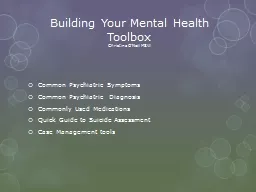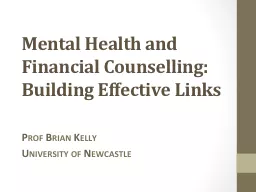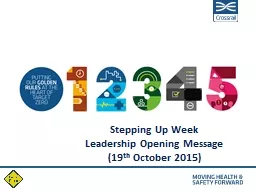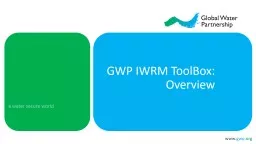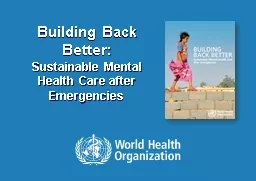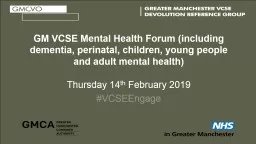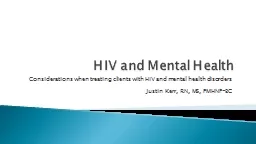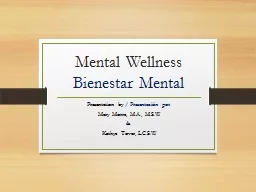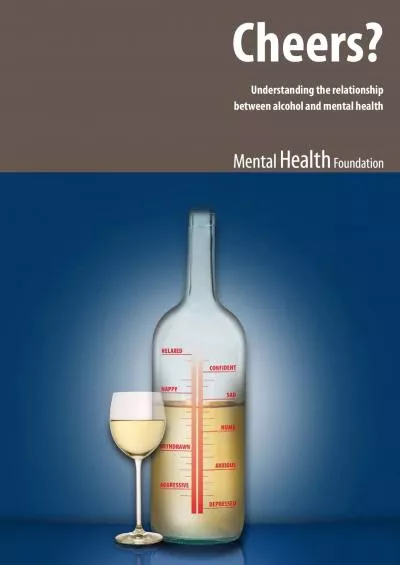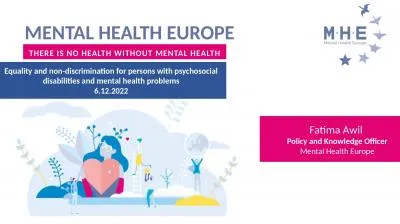PPT-Building Your Mental Health Toolbox
Author : luanne-stotts | Published Date : 2017-10-23
Christina ONeill MSW Common Psychiatric Symptoms Common Psychiatric Diagnosis Commonly Used Medications Quick Guide to Suicide Assessment Case Management tools Common
Presentation Embed Code
Download Presentation
Download Presentation The PPT/PDF document "Building Your Mental Health Toolbox" is the property of its rightful owner. Permission is granted to download and print the materials on this website for personal, non-commercial use only, and to display it on your personal computer provided you do not modify the materials and that you retain all copyright notices contained in the materials. By downloading content from our website, you accept the terms of this agreement.
Building Your Mental Health Toolbox: Transcript
Download Rules Of Document
"Building Your Mental Health Toolbox"The content belongs to its owner. You may download and print it for personal use, without modification, and keep all copyright notices. By downloading, you agree to these terms.
Related Documents

